As a child of Moroccan immigrants living in Toronto, I used to believed my family invented the foods we ate at home — couscous, lamb tagine and fried donuts with mint tea. Yes, couscous has since gotten its glory, but there are many other Moroccan dishes with Amazigh, Arab, Andalusian and French influences that don’t receive enough street cred. I finally had the chance to experience Morocco’s vibrant food culture up close on a National Geographic Journey with G Adventures — my first visit to my parents’ homeland. From Casablanca, Fez and Marrakech to the remote Sahara Desert, here are some underappreciated, yet enchanting Moroccan dishes you need to try.
Related: Did You Know Africa Had a Major Impact on French Cuisine? Everything to Know
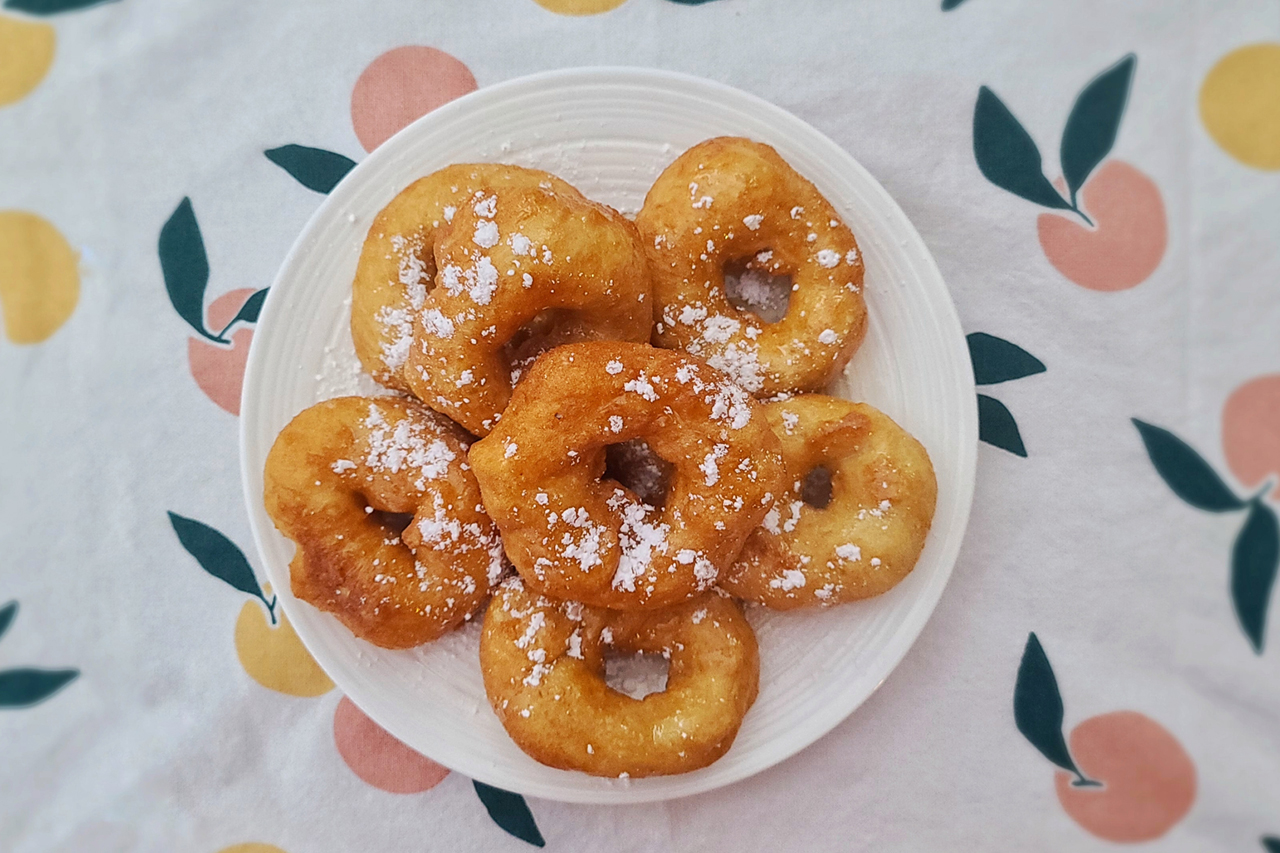
Sfenj
Sfenj are the most indulgent and delicious Moroccan breakfast food you can get — deep-fried donuts, made from a sticky and unsweetened leavened dough, like these beauties from La Sqala in Casablanca. When freshly made, they should be crispy on the outside, fluffy and moist on the inside. You can dust them with powdered sugar, soak them in honey, or eat them plain with a glass of sweet mint tea. Breakfast life in Morocco doesn’t get any better than this.
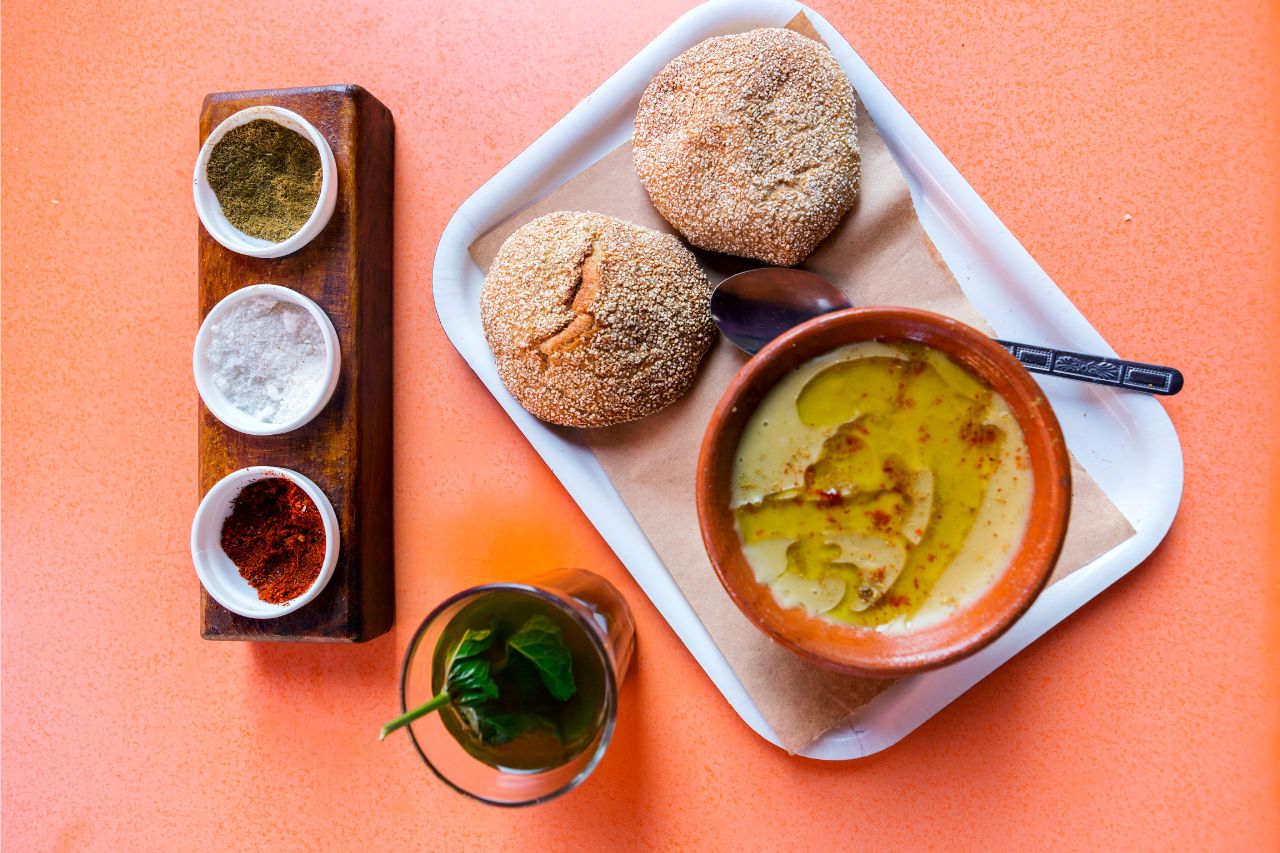
Bissara
Another breakfast staple is bissara — a comforting and hearty fava bean (broad bean) soup. Served in the morning with mint tea on the side with no cutlery required as it’s meant to be tucked into with bread (khobz).
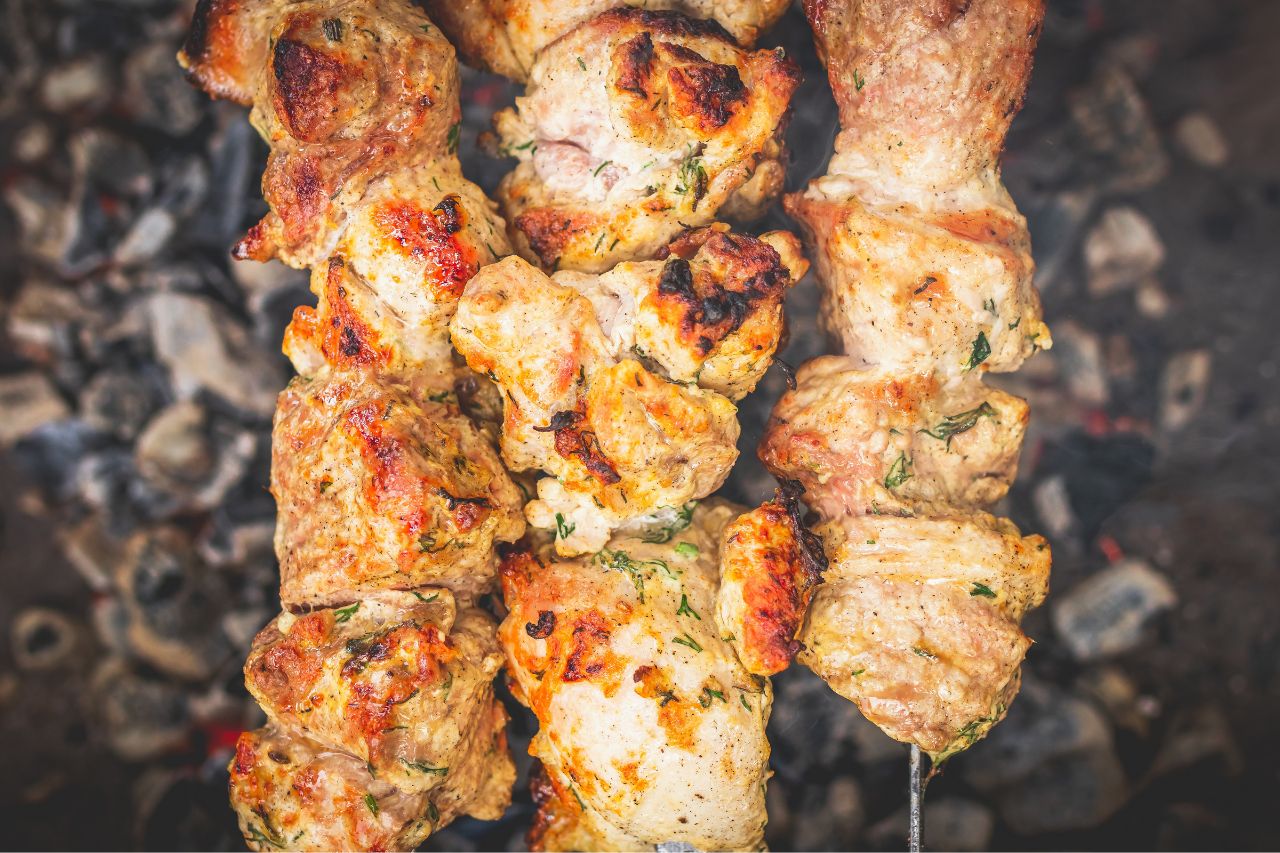
Brochettes
Many different cultures around the world have their own version of brochettes (also known as kebab or qotban). Lamb, beef and chicken skewers seasoned with common ingredients such as olive oil, onions, parsley, cumin and cayenne make for a simple and fresh dish. Typically brochettes are paired with traditional Moroccan salad of tomato and onion.
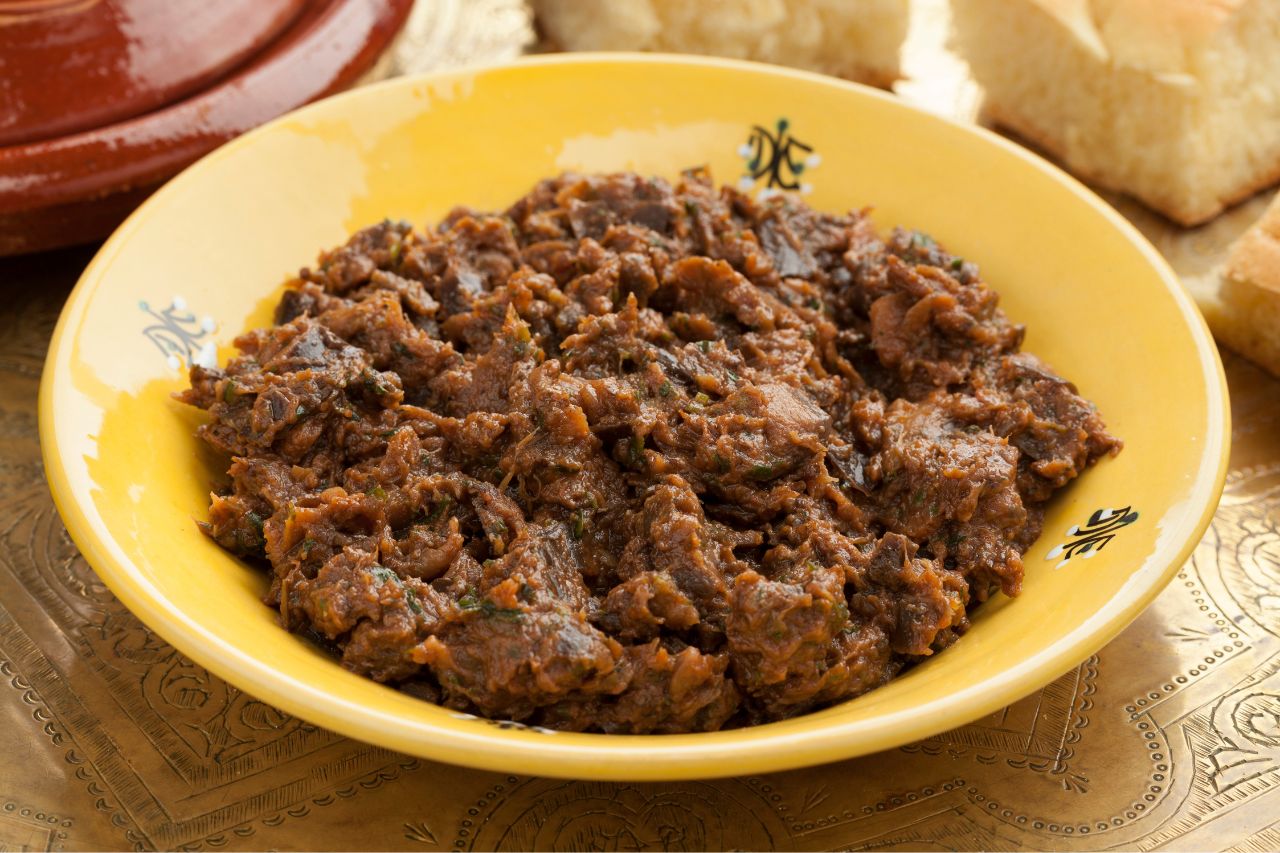
Zaalouk
A proper Moroccan lunch or dinner always starts with a table full of colourful salads served with bread. Some popular ones are cooked carrots and harissa, roasted peppers or orange slices with red onion and black olives. There are too many to list, but one of my favourites is this Zaalouk salad of smoked eggplant, tomatoes, garlic and spices that we made during a cooking class in Marrakech — similar to Middle Eastern baba ghanoush.
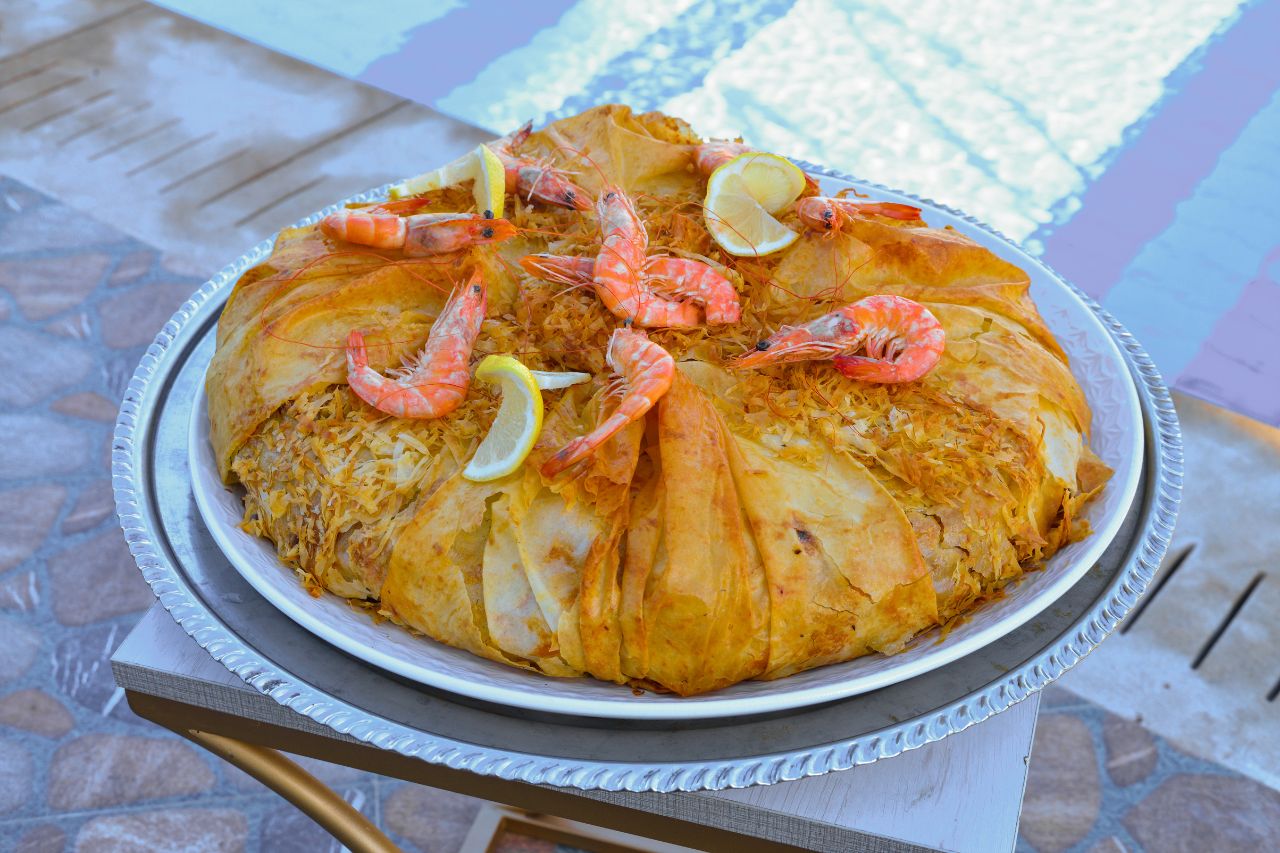
Bastilla
Bastilla (also known as b’stillah, basteeya, or in French, pastilla) is a flaky pastry filled with shredded or minced meat, and can be found all over Morocco. Bastilla should definitely be tried in Fez, where it’s a regional specialty. A classic filling is squab and almond, but you’ll also find chicken, beef, fish or duck versions. Typically, bastilla is both sweet and savoury, dusted with powdered sugar and cinnamon, and it’s often served as a first course at festive occasions.
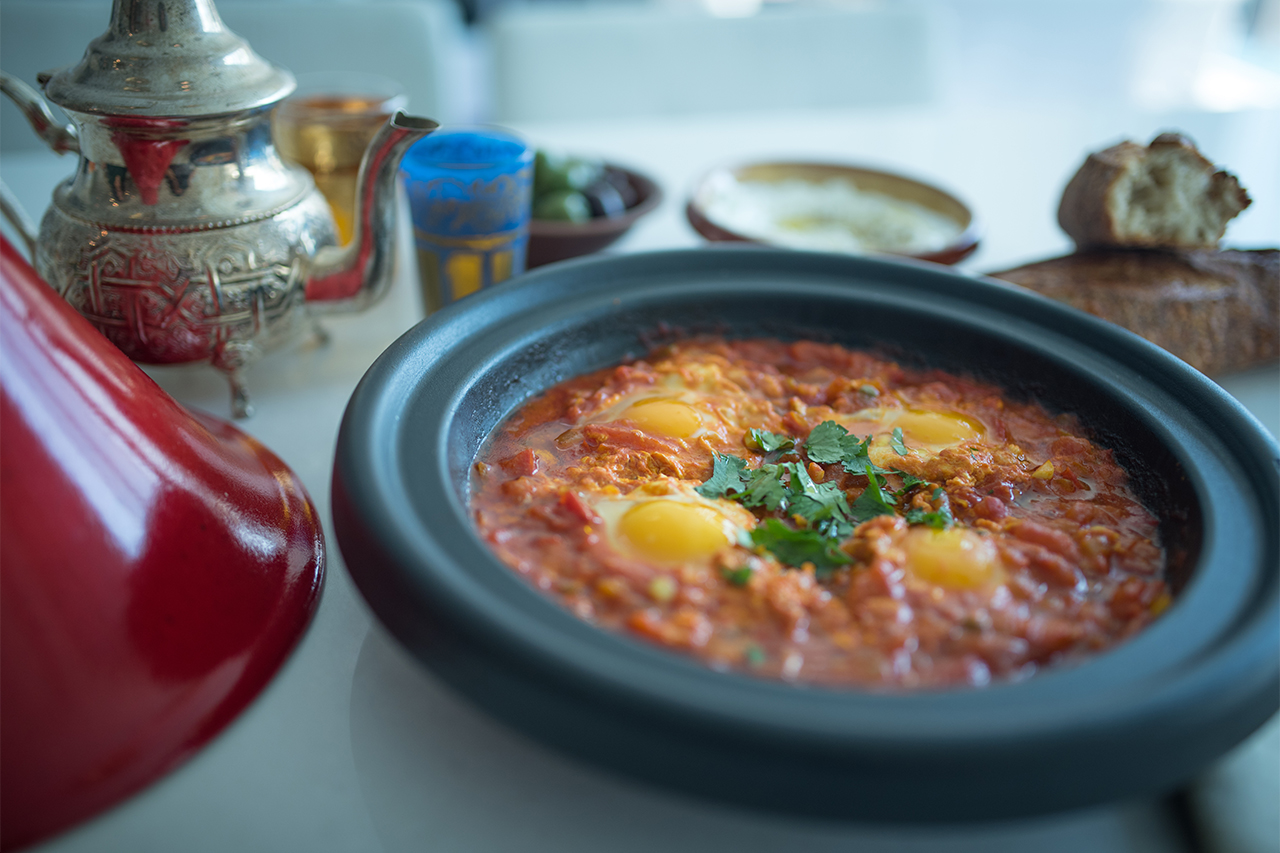
Amazigh Omelette
The term “Amazigh” (or Imazighen for plural) in Morocco means “free people” in the Tamazight language. An Amazigh omelette is cooked in a tagine, with eggs, tomatoes, peppers, onions and spices. It’s similar to the Middle Eastern version of shakshuka, which my twin sister makes for special-occasion brunches.
Related: How to Peel a Tomato the Right Way
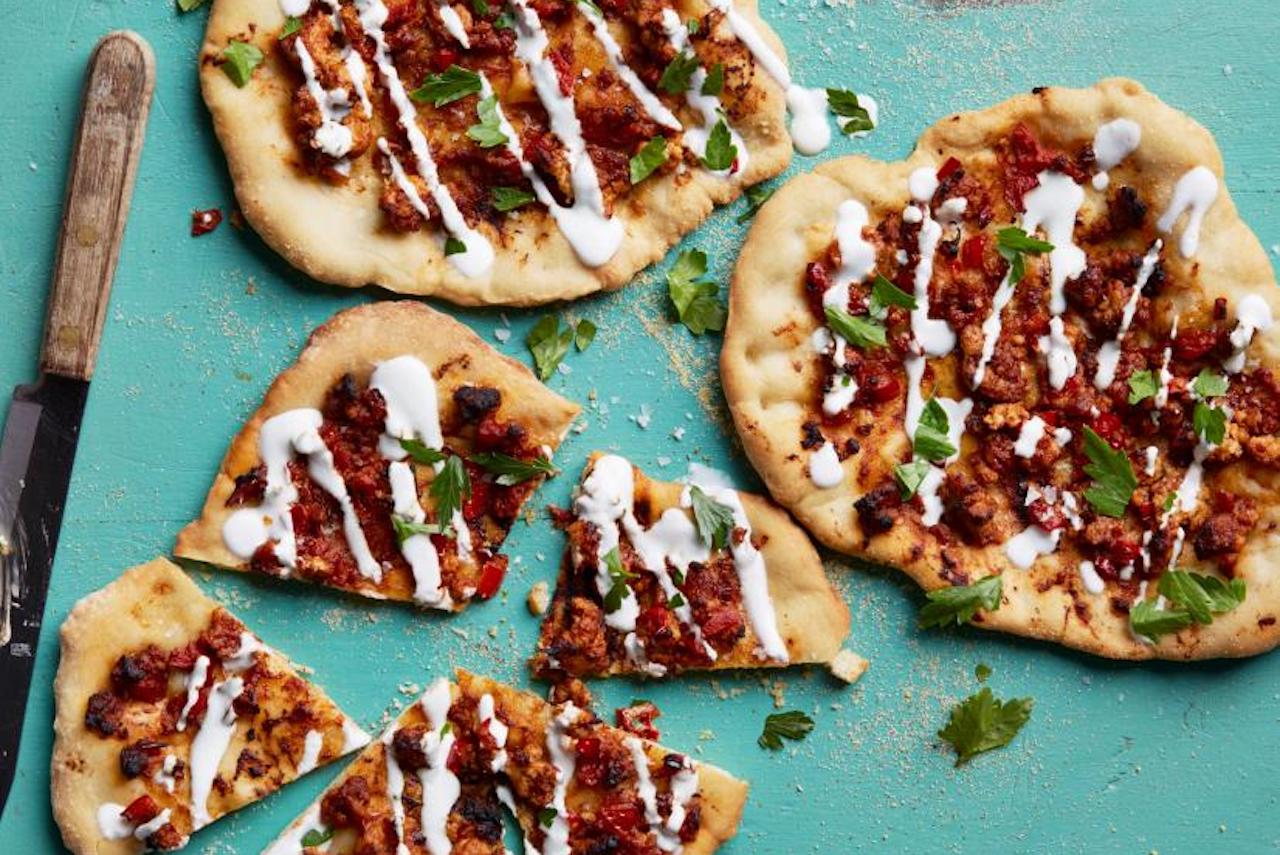
Madfouna
The most surprising and underrated dish of our Moroccan adventure was prepared for us by a family at a stop through the oasis town of Rissani — where Madfouna was said to be invented. Madfouna is an Amazigh flatbread stuffed with a combination of beef, eggs, tomatoes, nuts, onions and garlic, spiced with cumin, turmeric, paprika, ginger and parsley. In Moroccan Arabic, “madfouna” means buried, as this dish was traditionally cooked right in the sand over hot stones.
Related: This Easy Vegan Za’atar Manaeesh AKA Flatbread is the Breakfast Dish You’ve Been Craving
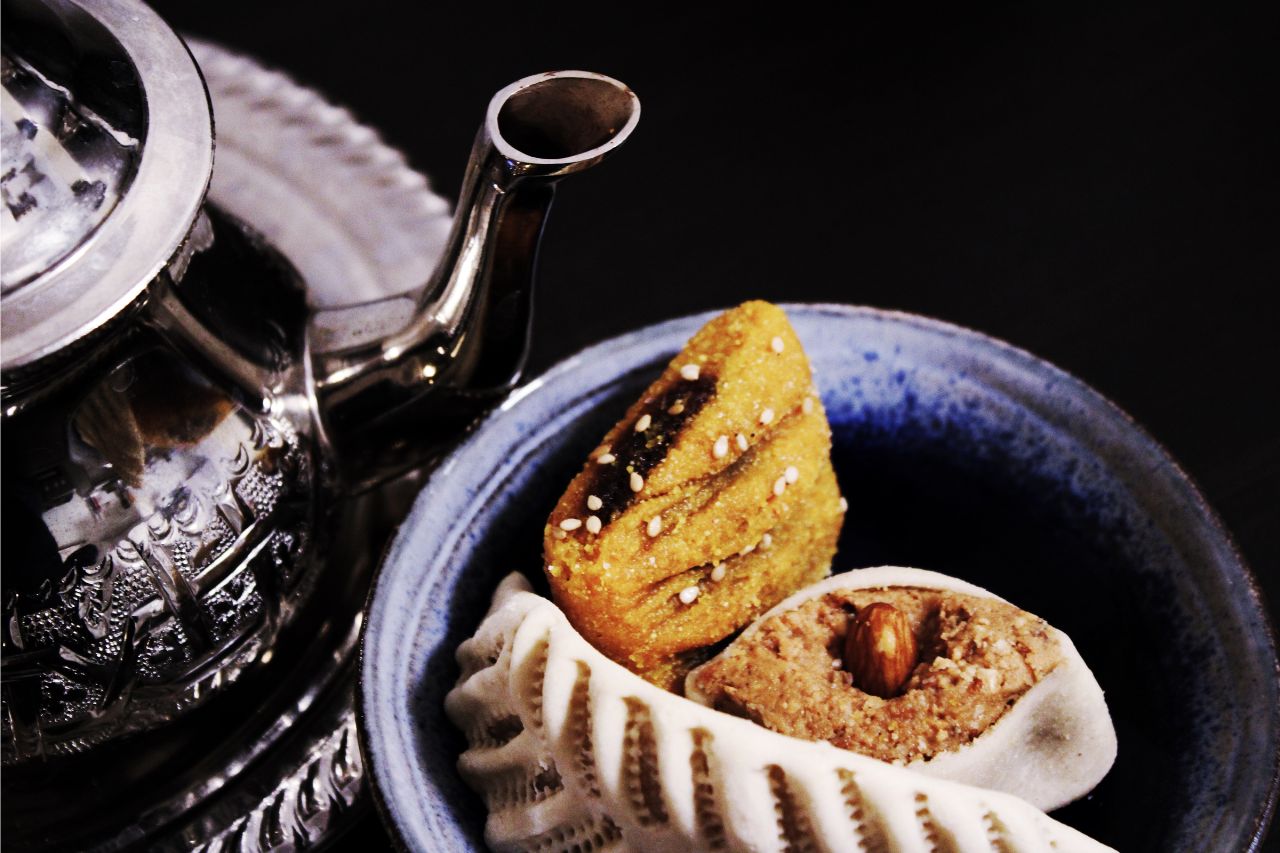
Mint Tea and Cookies
Tea is deeply rooted in North African culture, and no trip to Morocco would be complete without Maghrebi mint tea. Not to mention the hundreds of different types of cookies, pastries and biscuits. Moroccans like their tea sweet, and when it comes to serving guests, custom dictates that the higher the pour the greater the welcome.
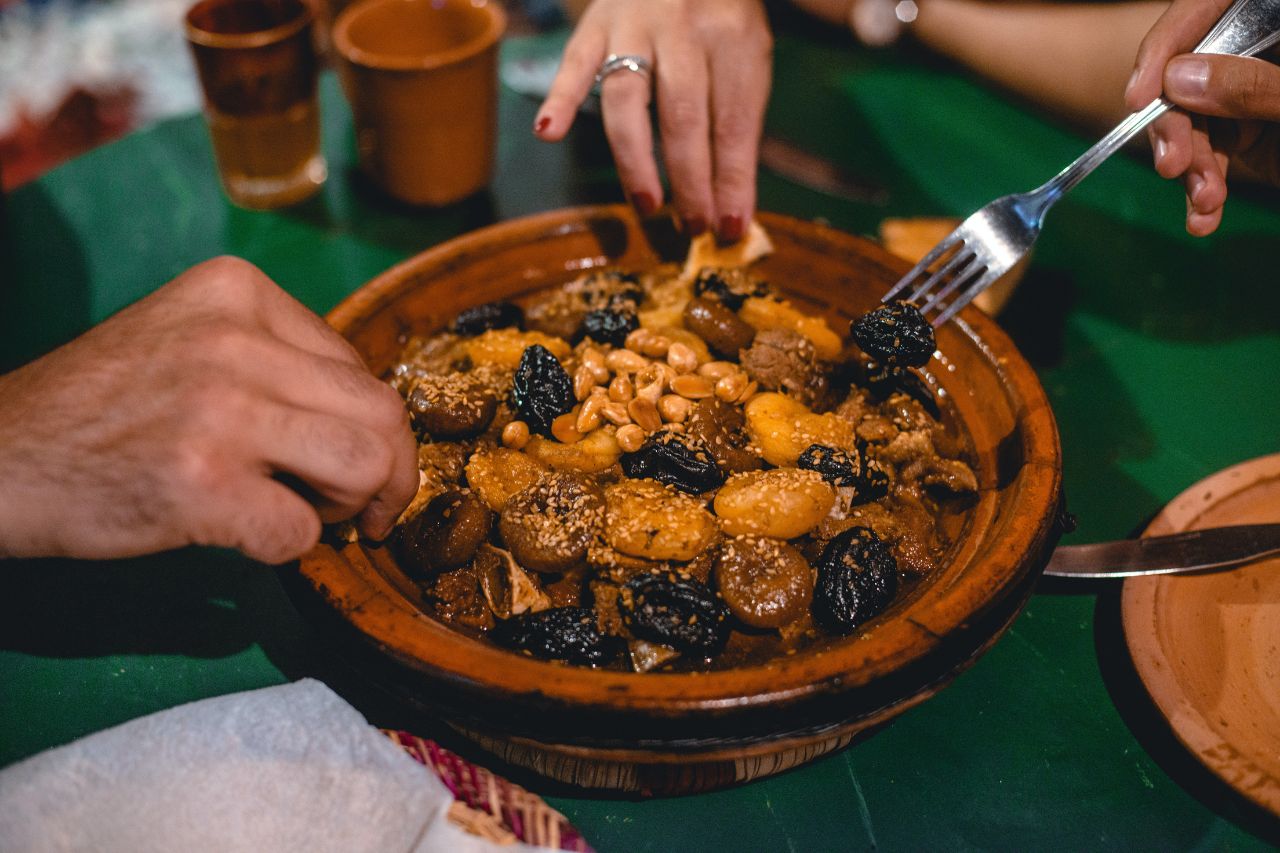
Tagine
Tagine is both the name of this slowly simmered, fragrant dish and the clay vessel it’s cooked in. The clay pot is a round and shallow base with a conical lid that traps the steam as the meat and vegetables cook. The iterations are endless, however classic variations include chicken with olives and preserved lemons, with sweet and savoury lamb or beef.
Related: Lamb Kabobs With Tzatziki Sauce
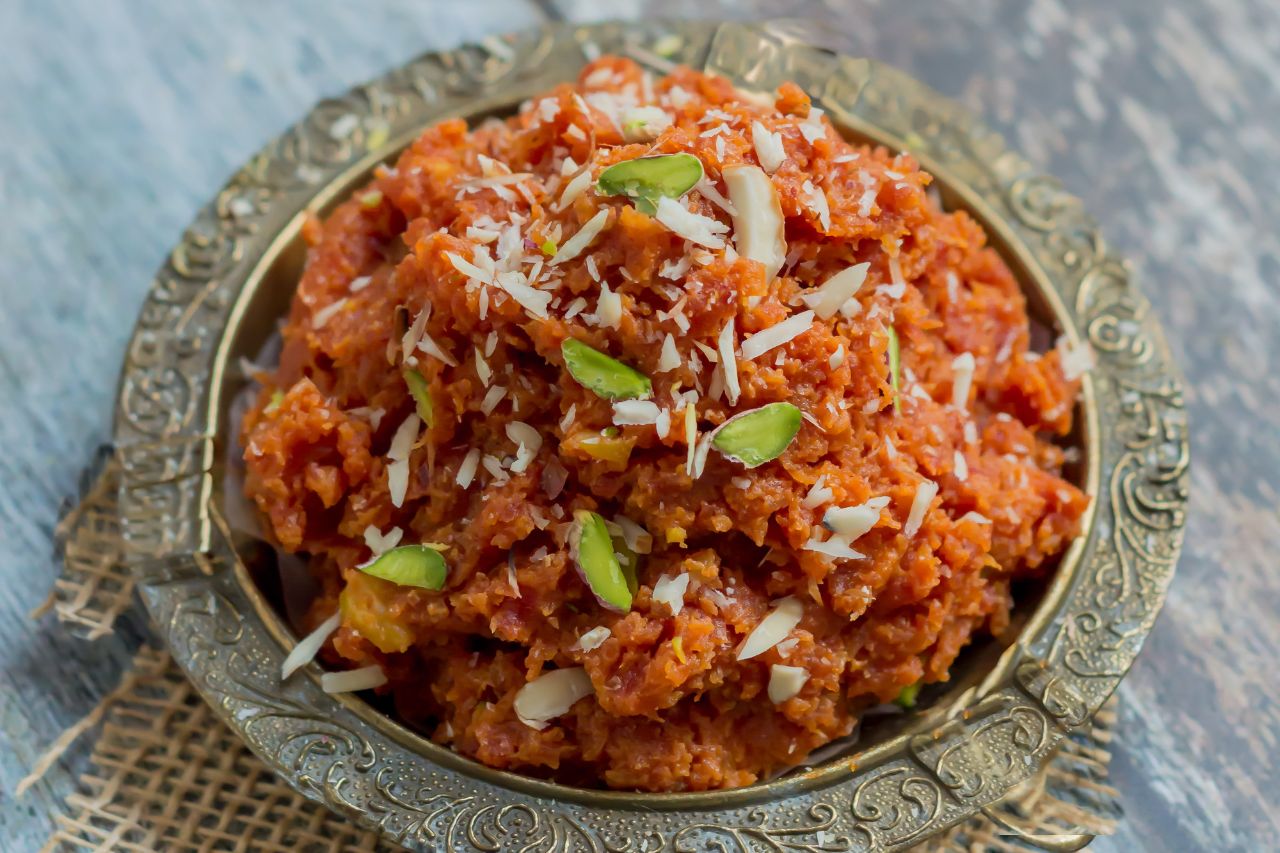
Tangia
Not to be confused with tagine, tangia is the specialty dish of Marrakech, that also gets its name from the earthen pot that it cooks in. Tangia is said to have evolved as a dish associated with artisan men working in markets. Traditionally, the pots are taken to the communal furnace ovens inside the medina, where cooks use heated water from the local hammams and cook tagina at a low temperature, often overnight.
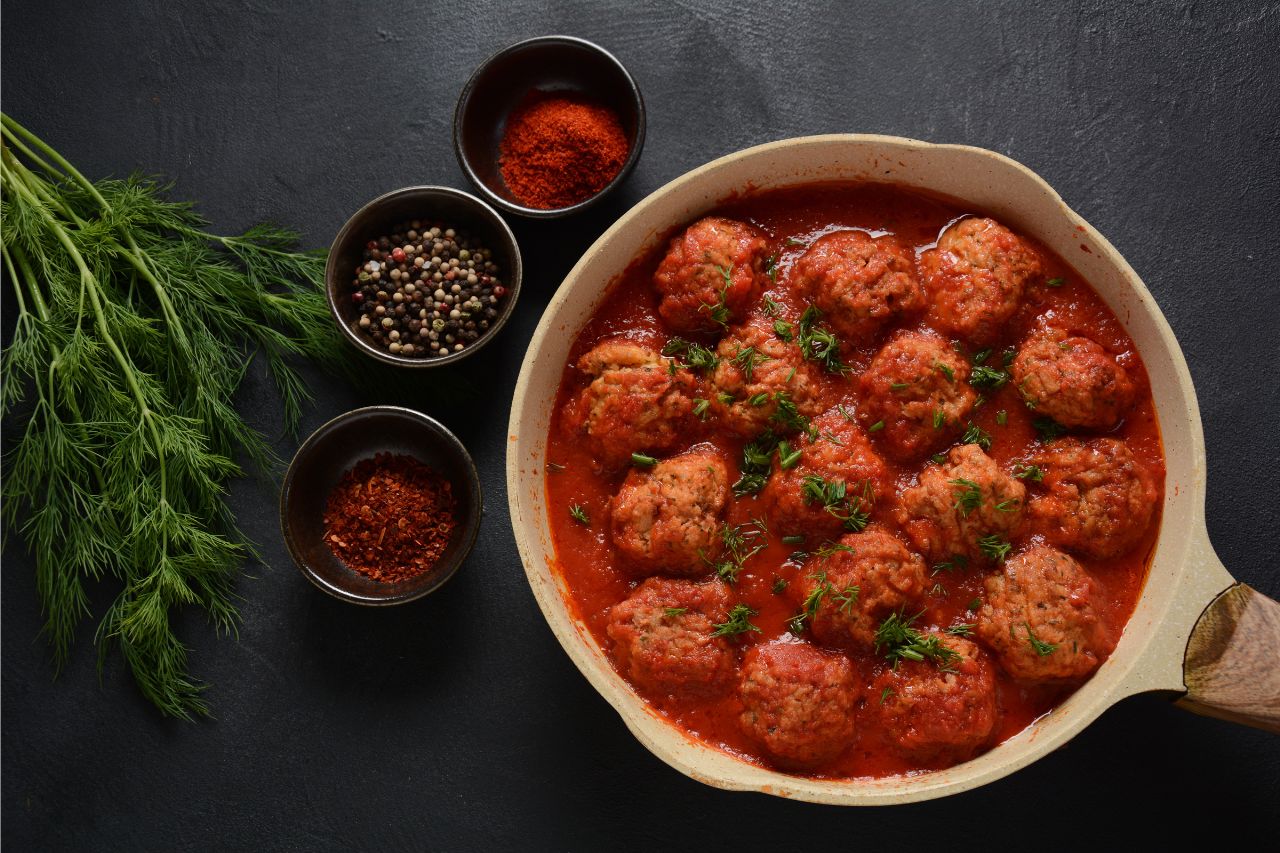
Boulettes de Poisson
A Sephardic Jewish favourite, my mom always makes these “fish balls” with ground white fish (cod) in a spicy tomato sauce for Shabbat dinners on Friday nights. It was a delightful surprise to find them at one of the oldest seafood restaurants in Casablanca, Port de Peche. They’re often made with ground sardine filets, which complement the tangy sauce seasoned with lots of cumin, garlic, paprika and parsley.
Related: The History of How African Food Culture Influenced Nova Scotian Cuisine
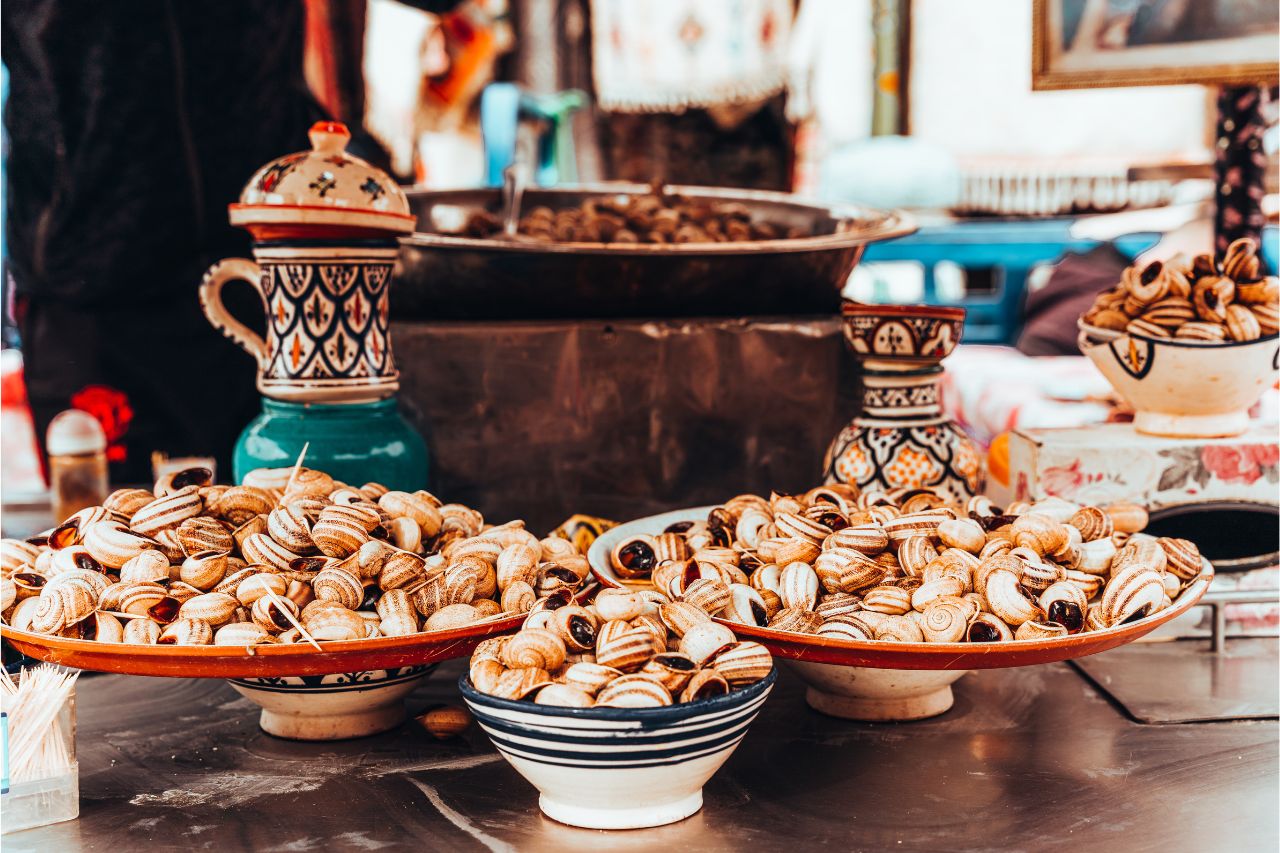
Babbouche
Marrakech’s main square, Jemaa el-Fnaa, is famous for its street food — particularly the food stalls selling steaming vats of snail soup, called babbouche or ghlal. Here you’ll find locals and tourists alike slurping up the earthy spiced broth and plucking cooked snails out of their shells with toothpicks.
